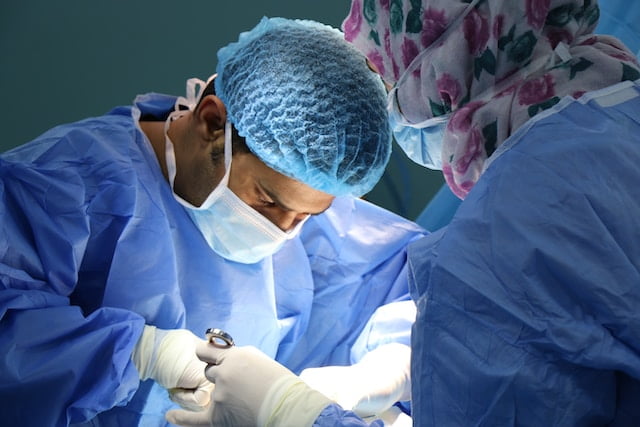Reconstructive surgery is used to help restore form or function to any part of the body that has been affected by an injury, infection, disease, or tumor.
It also includes procedures for various congenital disabilities, like cleft lip, palate, and craniosynostosis. Often, patients have reconstructive surgery after cancer treatment.
What is Reconstructive Surgery?
Reconstructive surgery is a wide range of procedures that help repair damaged tissue. The cause can be anything from congenital disabilities to severe burns or diseases.
According to the plastic surgeons Bellevue, over 1 million reconstructive surgeries are performed yearly.
In addition to repairing body parts affected by various conditions, reconstructive surgeries can improve a patient’s appearance. For example, breast reconstruction can improve the look and feel of a patient’s breasts after a mastectomy.
We also offer plastic surgery to correct facial deformities and other abnormalities. These include cleft lip and palate, craniofacial defects, and hypospadias. We can also fix problems with the ears and upper limbs.
Autologous Tissue Reconstruction
Autologous Tissue Reconstruction, or flap surgery, is a procedure that uses skin, fat, and tissue from elsewhere in your body (called a donor site) to rebuild your breasts. It involves microsurgical techniques and can be more complicated than expander or implant reconstruction.
It’s a good option for patients who cannot undergo implant-based breast reconstruction due to diabetes, smoking, or obesity. Also, women who have undergone radiation therapy may benefit from this type of reconstruction because it can improve the quality of tissues in their chest wall after treatment.
The deep inferior epigastric artery perforator (DIEP) flap is a common type of autologous tissue reconstruction. This technique takes skin and fat from your lower belly without making an incision in the underlying muscle, which can improve the contour of your abdominal area.
Tissue Expansion
Tissue Expansion is an effective technique to repair damaged skin, such as following a burn injury. A balloon-like expander is inserted under the skin near the area to be repaired and filled with a saline (or salt water) solution over time, causing the skin to stretch and grow.
Tissue expansion can repair defects in almost any body part, including breasts. It also is used to replace scar tissue in some cosmetic procedures.
Tissue expansion has complications, however. Infection or cellulitis has been reported in a small number of cases.
Tissue Transfer
A tissue transfer is a surgical procedure that uses skin, fat, or muscle from one part of the body (called the donor site) to fill in a defect or restore shape and function. Tissue transfer is often done during breast reconstruction surgeries.
Another type of tissue transfer is called free flap surgery. In this procedure, your reconstructive surgeon takes a flap of skin from the area of your abdomen or lower back and connects it to the part of your chest that needs to be replaced.
The flap is joined with blood vessels found under a microscope at the recipient site. This allows the flap to have a continuous blood supply while it heals. It also helps the tissue to grow and form a new structure.
Scar Revision
Scar revision surgery is a specialized procedure that can improve the appearance of scars and minimize their size or position. This may improve a patient’s self-confidence and the function of their face.
Surgical techniques used in scar revision vary by type and location of the scar and are selected to address the goals of the patient and the surgeon. Some standard methods include skin grafting and flaps, which involve moving tissue from one part of the body to cover a damaged area.
Scars can appear red, raised, and discolored because of the inflammatory response to healing wounds. Steroid injections can help calm the inflammatory response and improve some of these characteristics.




